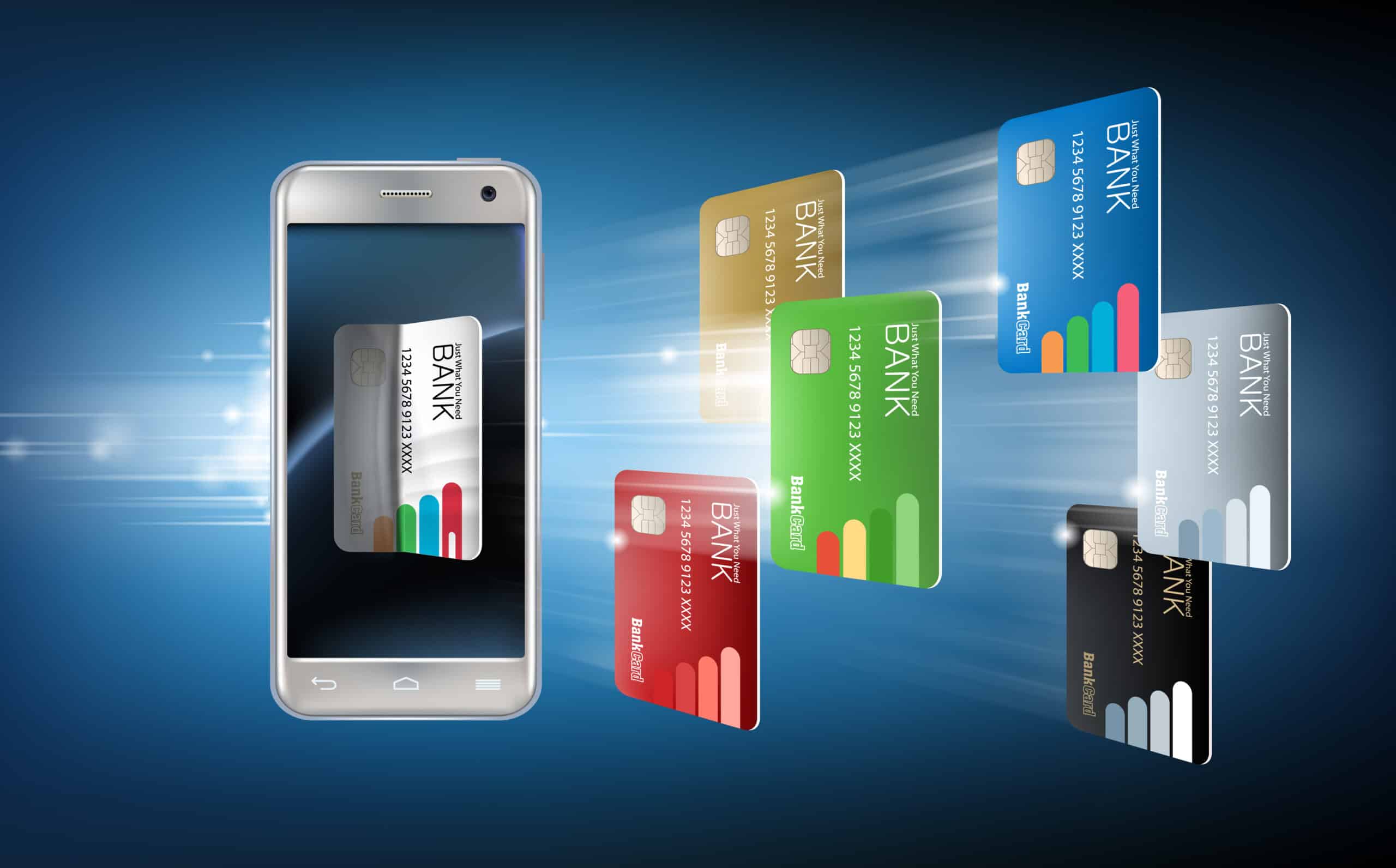
Can You Pay Your Mortgage with a Credit Card in Australia? Here’s the Truth
Let’s face it, credit cards can be super handy. Whether it’s for rewards points, cashback, or just buying yourself some extra time before your next payday, Aussies love the flexibility. So it’s no surprise that many homeowners eventually ask: “Can I pay my mortgage with a credit card?”
The answer? It’s not a straight yes or no, but we’ll break it down for you.
Can You Pay Your Mortgage with a Credit Card in Australia?
Technically, most Australian lenders don’t accept direct mortgage payments via credit card. Mortgage providers usually want payments through BPay, direct debit, or bank transfer.
So, if you’re thinking of just punching in your card number to cover your monthly mortgage repayment, chances are, you’ll hit a wall.
Are There Workarounds?
Most lenders in Australia don’t allow credit card payments for mortgages and there are a few good reasons for that. First, credit card transactions come with higher processing fees, which lenders prefer to avoid. Second, using a credit card (which is already borrowed money) to pay off a home loan can lead to what’s known as “debt stacking” essentially piling one loan on top of another. That’s a risky financial move for both the borrower and the lender. Finally, from a risk management point of view, banks are cautious about enabling practices that could contribute to long-term debt spirals.
That said, some homeowners still look for workarounds when they’re tight on cash or trying to maximize rewards. But tread carefully. Some homeowners look into indirect methods to use their credit card for mortgage payments:
1. Using a Balance Transfer or Cash Advance
You could technically do a cash advance on your credit card and then transfer those funds to your bank account to pay your mortgage. But here’s the catch, cash advances come with high interest rates (often over 20%). So while it’s possible, it can get expensive very fast.
2. Paying via a Third-Party Service
Some bill payment platforms like Post Billpay or B2BPay might allow credit card use for payments, depending on the lender. But even if they do, they may charge processing fees and higher interest rates.
Better Mortgage Payment Methods
Instead of trying to game the system, focus on these more sustainable mortgage payment methods:
- Direct debit: This is the classic “set it and forget it” method. It’s stress-free and helps protect your credit score by keeping your repayment history clean.
Direct debit is an easy way to stay on top of your mortgage. Your lender automatically debits your bank account on the due date each month, so you never miss a payment.
You don’t have to remember to pay it each time, and you won’t risk missing a deadline or getting charged late fees. As long as you’ve got enough money in your account, it all happens in the background. Most banks and lenders in Australia offer this option, and it’s a great way to make sure your mortgage gets paid without the hassle.
- BPay: Instead of setting up automatic deductions, you can log in to your online banking and make the payment yourself each time. This gives the flexibility to choose exactly when the payment goes through and how much you want to pay. It’s especially helpful if your income varies or if you prefer managing your budget week by week.
Most major lenders accept BPay, and you’ll usually find their Biller Code and your reference number on your loan statement or online account. It’s a great option if you want structure but also a bit of hands-on control.
- Offset accounts: An offset account is like a regular bank account, but with a hidden benefit, it helps reduce the interest on your home loan. It’s linked to your mortgage, and the money you keep in it (like your salary, savings, or emergency fund) is counted against your loan balance when interest is calculated.
For example, if you owe $400,000 on your home loan and have $20,000 in your offset account, your lender will only charge interest on $380,000. That means the more money you keep in your offset, the less interest you’ll pay over time. You can still access the money whenever you need it, just like a normal transaction account, which makes it a smart and flexible way to save without locking your funds away
- Salary crediting: When lenders allow salary crediting, you’re able to arrange for your employer to deposit your pay directly into your home loan (or linked offset/redraw account). It’s simply having your paycheck go straight into your loan account rather than your savings or transaction account. Many Australian lenders support this, whether to an offset account or a loan redraw facility.
By arranging direct salary crediting into a linked offset account (or redraw facility), Australian borrowers can reduce the principal balance every single day their pay is held, slashing interest charges and accelerating loan payoff. It’s a smart, relatively effortless strategy, especially when combined with using your offset account like a regular day-to-day account.
The Bottom Line
So, can you pay your mortgage with a credit card in Australia? In most cases, not directly. And while there are workarounds, they often come with fees, higher interest, and risks.
If you’re thinking about using your credit card for a mortgage repayment, weigh the short-term benefit against the long-term cost. A few points on your rewards card might not be worth the financial stress later.

